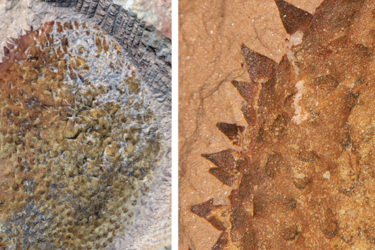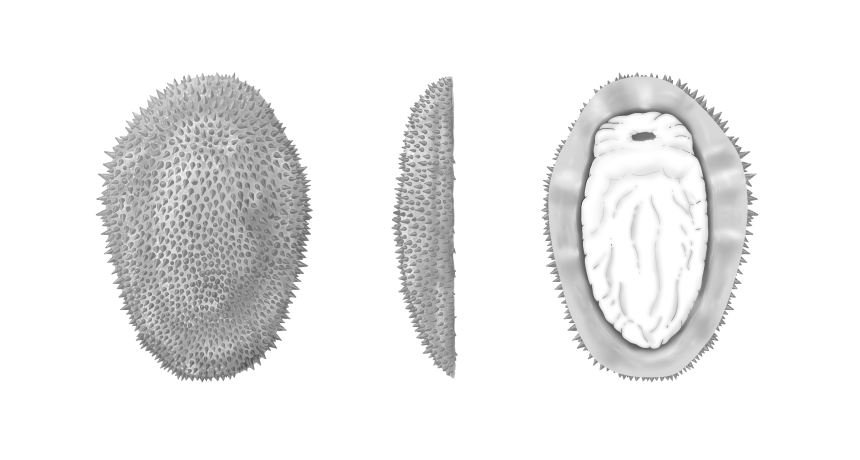Armored and thorny: scientists found a slug half a billion years old (photo)

An international team of researchers, including scientists from the University of Oxford, has discovered unique fossils of a creature that lived on Earth more than 500 million years ago. This ancient mollusk, named Shishania aculeata, had a rather unusual appearance - its body was covered with spines.
The finding, described in the scientific journal Science, changes our understanding of what the first mollusks looked like. It turns out that the ancestors of modern snails, octopuses, and other mollusks were not at all what we had imagined before.
Also read: Reviving mammoths: why this scientific experiment could become a global problem for the Earth
Instead of a traditional shell, they had a strong chitinous carapace dotted with sharp spikes. This discovery contradicts previous theories about the evolution of mollusks and suggests that their ancestors had a much more complex structure than previously thought.

The discovery of Shishania aculeata fills an important gap in our understanding of molluscan evolution, allowing scientists to build a more complete picture of their development.
Researchers have discovered fossils of Shishania aculeata in China. Using modern methods of analysis, they managed to study in detail the body structure of this creature and compare it with other mollusc species.
Scientists plan to continue researching the Early Cambrian sediments to find new fossils and gain even more information about the evolution of mollusks. This will help to better understand how such diverse life forms as snails, clams, squid, and octopuses appeared.
As a reminder, an extremely rare lobster was found off the coast of Britain, which occurs once in 100 million.
Earlier, we told you that a 10-year-old girl discovered ancient traces of dinosaurs that lived 200 million years ago.
If you want to get the latest news about the war and events in Ukraine, subscribe to our Telegram channel!
